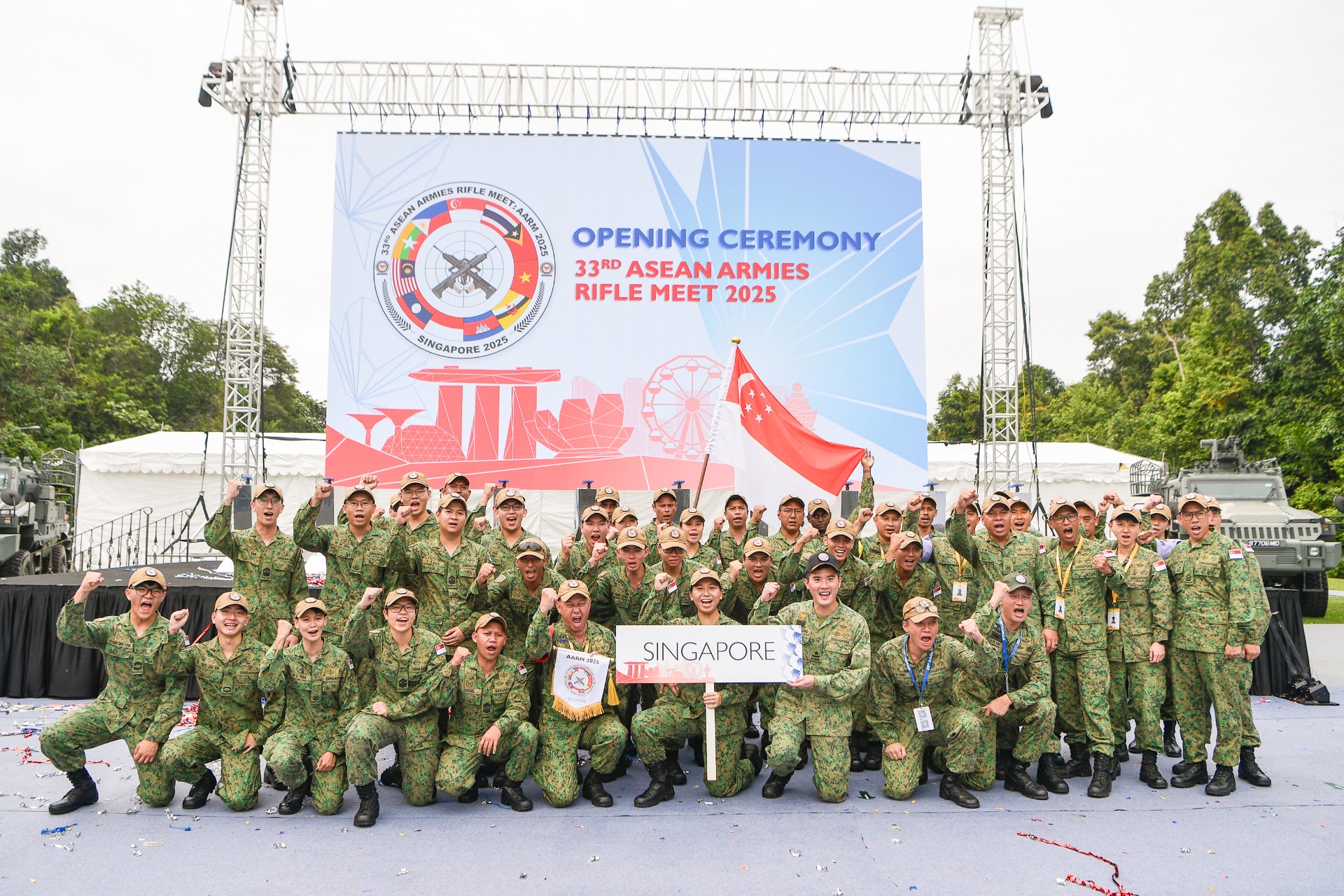COMMUNITY
Super Puma flight tales
16 Oct 2024
Retired helicopter pilot MAJ (Ret) Robert Tan was among the first few batches of locally-trained Super Puma pilots. Sports car or smooth bus – guess which vehicle he likens the aircraft to?

He experienced flying for the first time in the Republic of Singapore Air Force (RSAF).
This was back in 1981, when even flying on a commercial plane was not a common occurrence for many Singaporeans.
“It was fantastic,” recalled Major (MAJ) (Ret) Robert Tan, 60.
Then a young 17-year-old fresh out of secondary school, he flew on the GH1 aircraft, with Lieutenant Colonel (Ret) Koh Chai Hong – the first female RSAF pilot – as his pilot and instructor.
“It felt like I was on a roller coaster ride but this was about 1,000ft high (more than 300m) and the buildings and people looked small,” said MAJ (Ret) Tan.
“It’s a (surreal) feeling you’ll get only if you fly on a military plane.”
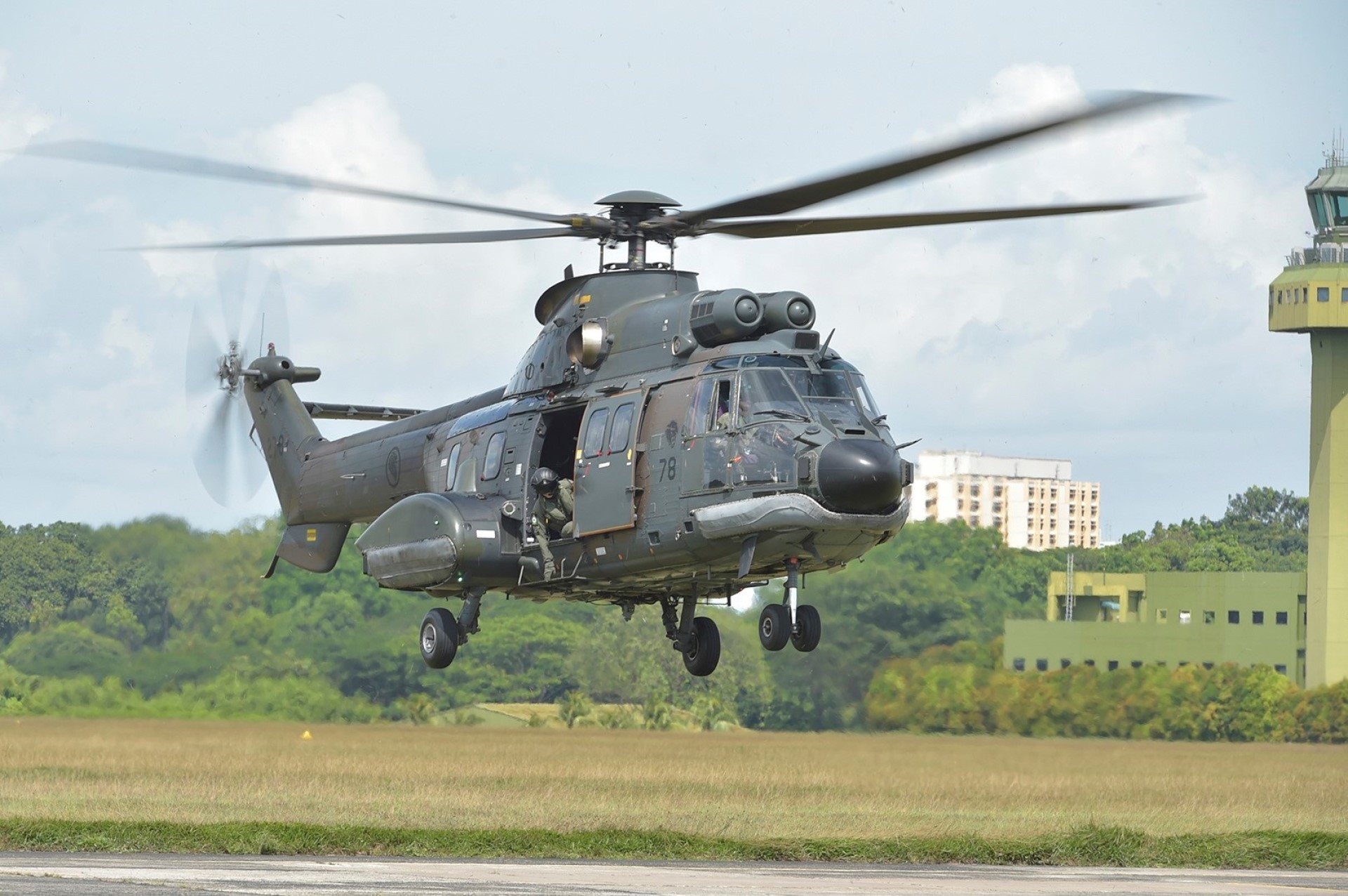
Making the RSAF his career choice
The RSAF became MAJ (Ret) Tan’s first career choice after he was inspired from a talk by his National Cadet Corps (Land) senior who returned to their secondary school in an RSAF uniform.
The Montfort Secondary School student then applied to the RSAF during his O-levels and received successful news in May the following year. He joined the military one week later.
The journey in becoming a pilot was not easy.
“In those days, we just followed what our instructor did without much explanation (from him). And the elimination process was unreal – out of more than 30 trainees, only 12 of us passed the course,” said MAJ (Ret) Tan.
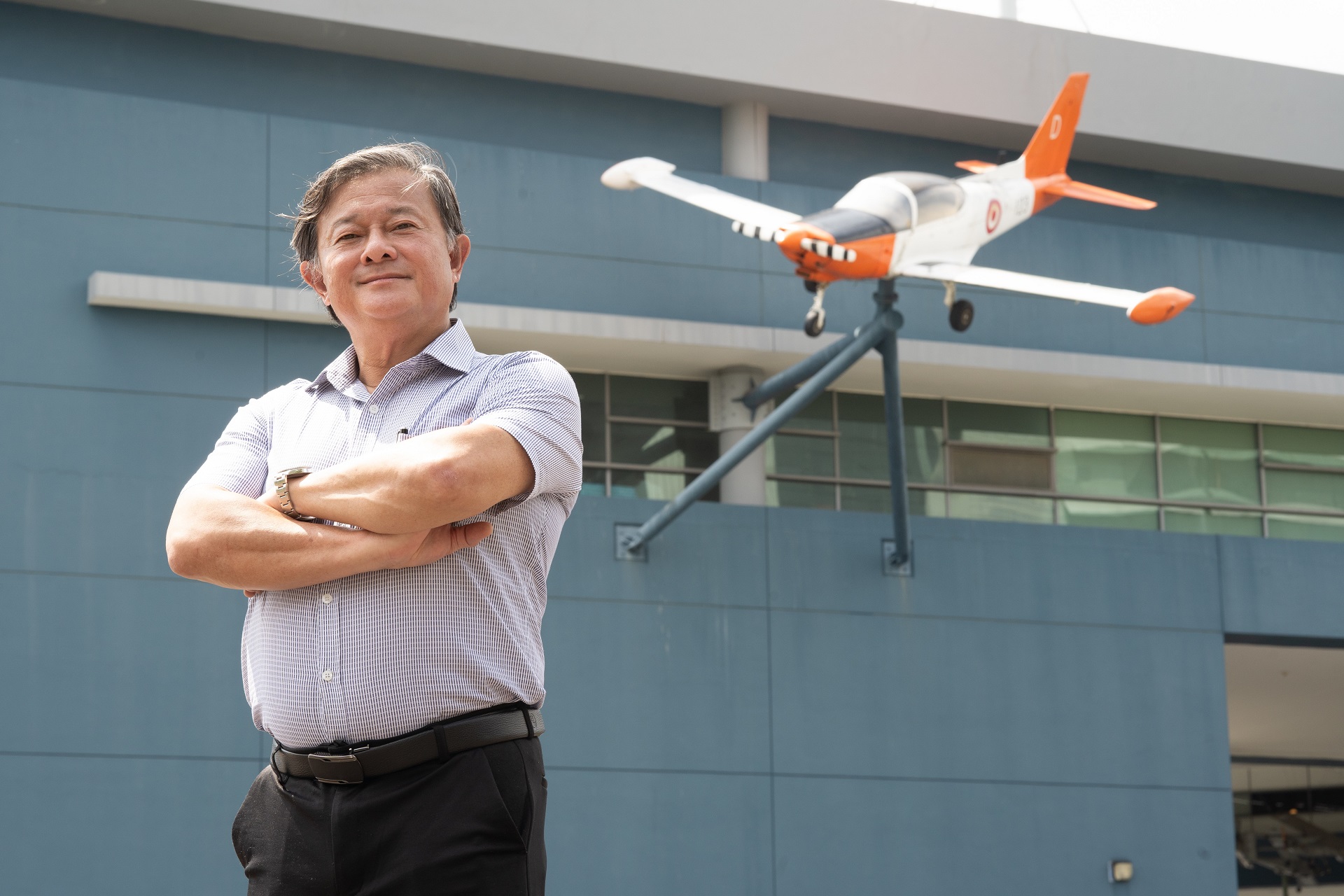
Saving lives
Over the years, he has flown many different aircraft – from the S1A1 Marchetti SF-260MS to the Bell UH-1B/H Huey, Eurocopter AS-550A2/C2 Fennec and the AS-332M Super Puma.
His favourite? The Super Puma, which he described as a “smooth bus” due to its carrying capacity of 24 pax.
While the French-made Fennec flies like a sports car, the Super Puma was equipped with more advanced technology, he explained.
“It’s a (high-tech) bus that can manoeuvre smoothly and this makes it my platform of choice.”
In fact, out of his total flying hours of 6,463 hours, more than half was clocked on the Super Puma.

This aircraft was also the one in which he spent most of his time doing search and rescue (SAR) operations. His most memorable mission? Rescuing stranded civilians out at sea.
“Every time we come back, we would proudly say that we saved a life and bring the person safely to Singapore General Hospital,” said MAJ (Ret) Tan.
This also contributed to the satisfaction he got from flying the Super Puma.
“You know that someone out there needs your help and the only way to come back safely and quickly is through us. We were able to provide this service over the years.”
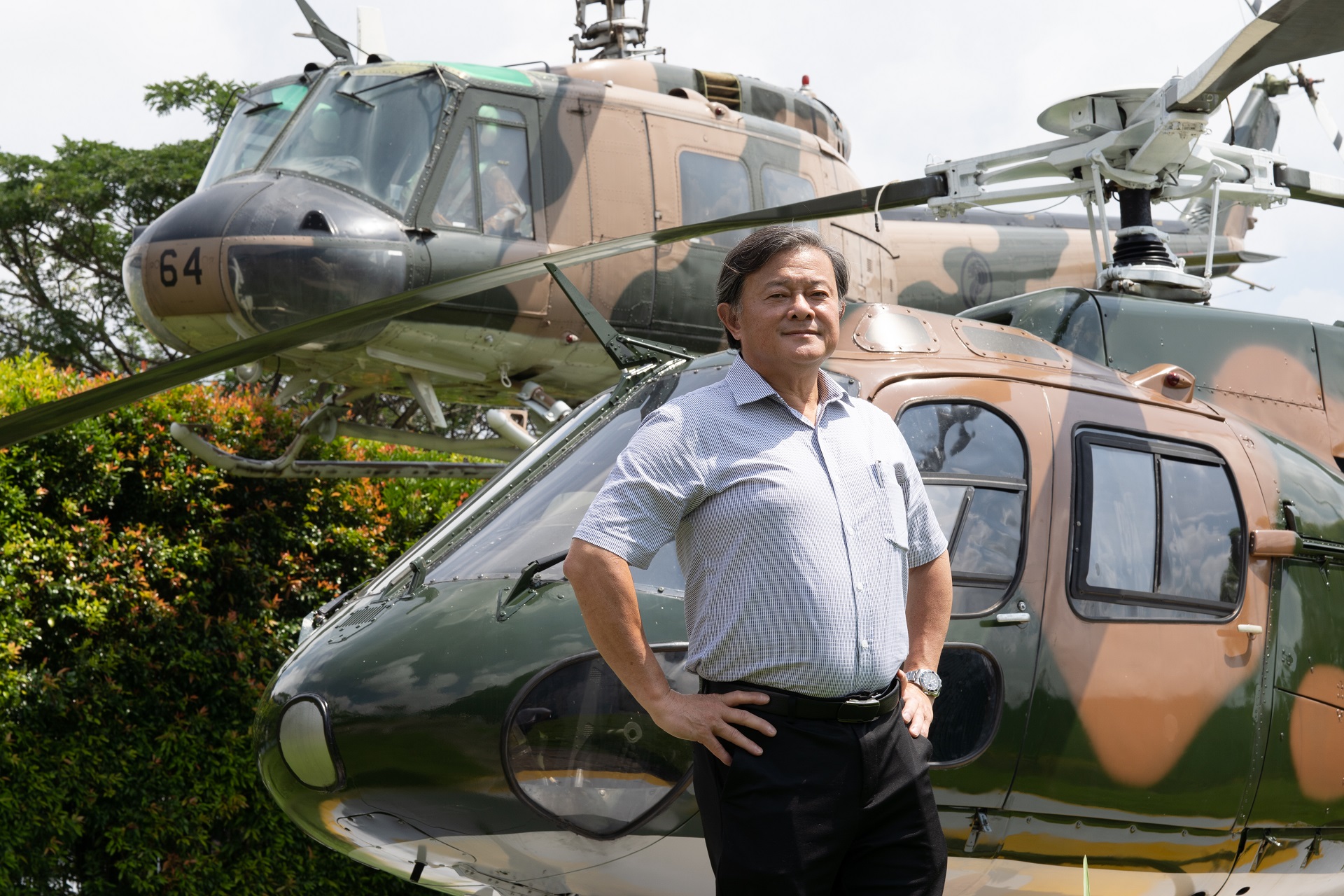
A love for teaching
Another role he enjoyed during his 34 years in the RSAF was being an instructor.
“I love to teach and share (my knowledge and experience)…so I jumped at the opportunity to go for the instructor course in 1989,” said MAJ (Ret) Tan, who graduated from the course in end-1990.
He eventually spent seven years in a training school instructing pilots.
“Seeing them progress throughout the course is very rewarding – you see the trainees getting better by the day, by each flight, and that motivated me even more.”
In fact, some of his students progressed so well that they eventually became his superiors, and thanked him for teaching them how to fly.
“It’s a good feeling ’cos I saw results in the seeds that I sowed.”
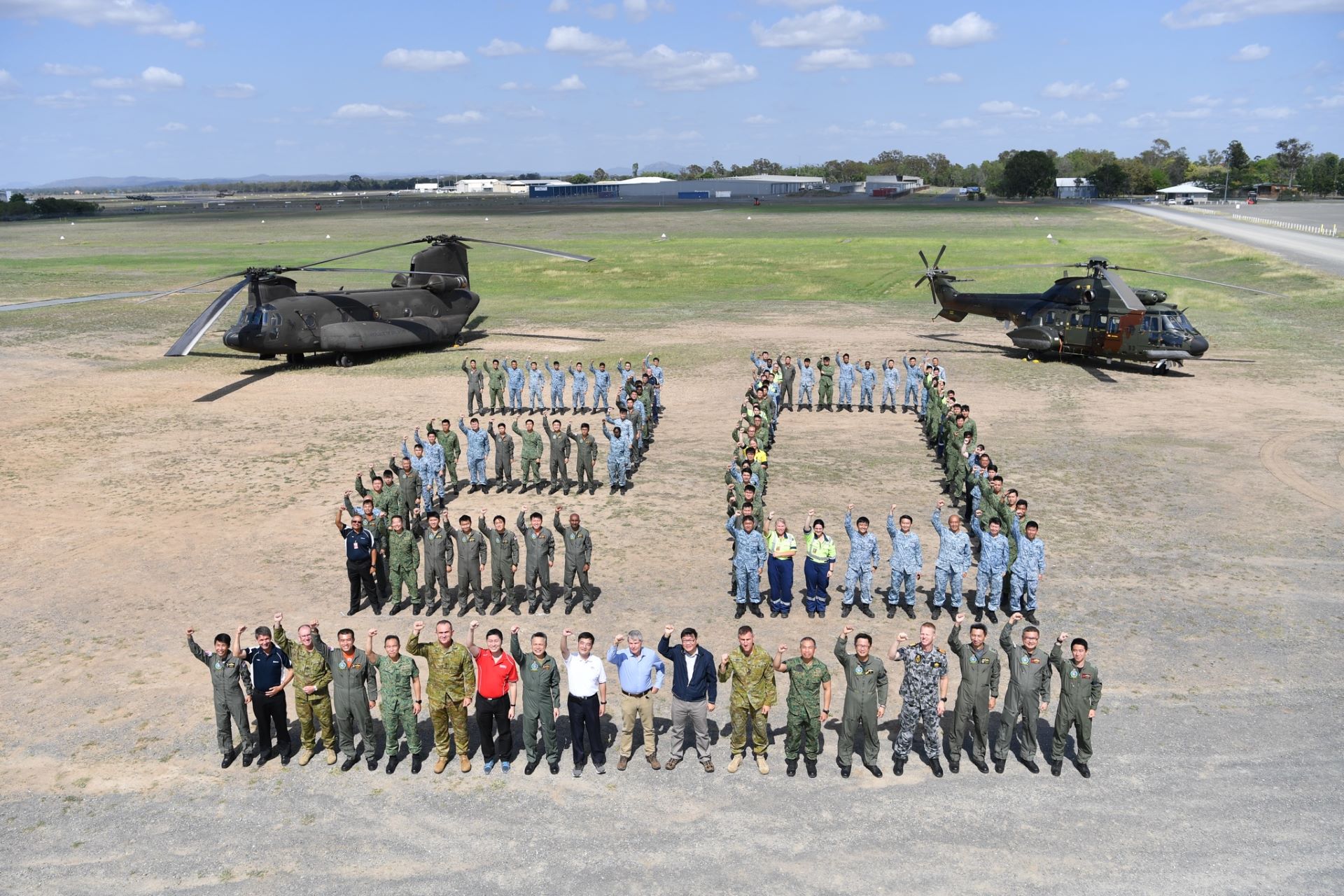
A better, stronger air force today
As the RSAF progressed, so did the assets and its people.
For one, the failure rates for pilots was significantly reduced thanks to a more stringent selection process and well-structured training programme.
“We train our guys very well and bring them up to the level that they need to be at. We know how to train a guy up in order to maximise his potential,” said MAJ (Ret) Tan, whose last-held appointment in the RSAF was as an overseas detachment commander.
In 2015, he left the RSAF. He joined the Singapore Changi Aeromedical Centre four years later, and is currently working as a physiology training officer.
Asked his takeaways of being in the air force, MAJ (Ret) Tan said that he gained plenty of self-discipline and analysis skills through the years.
“Before going on a mission, we will first analyse the situation, identify the risks and how to mitigate them in order to complete it successfully. This is a value and trait I carry even till today.”
The father-of-three even influenced his son to become an Air Warfare Officer (Air Battle Management) in the RSAF’s 111 Squadron. His son is 31, while his two elder daughters are aged 34 and 36.
And to aspiring RSAF pilots, MAJ (Ret) Tan is all about encouraging positivity.
“If you want to make it as a pilot, go for it.
“You're doing a job that is satisfying. The air force nurtures and trains you well, in order to achieve what you want to achieve.”
ALSO READ IN COMMUNITY
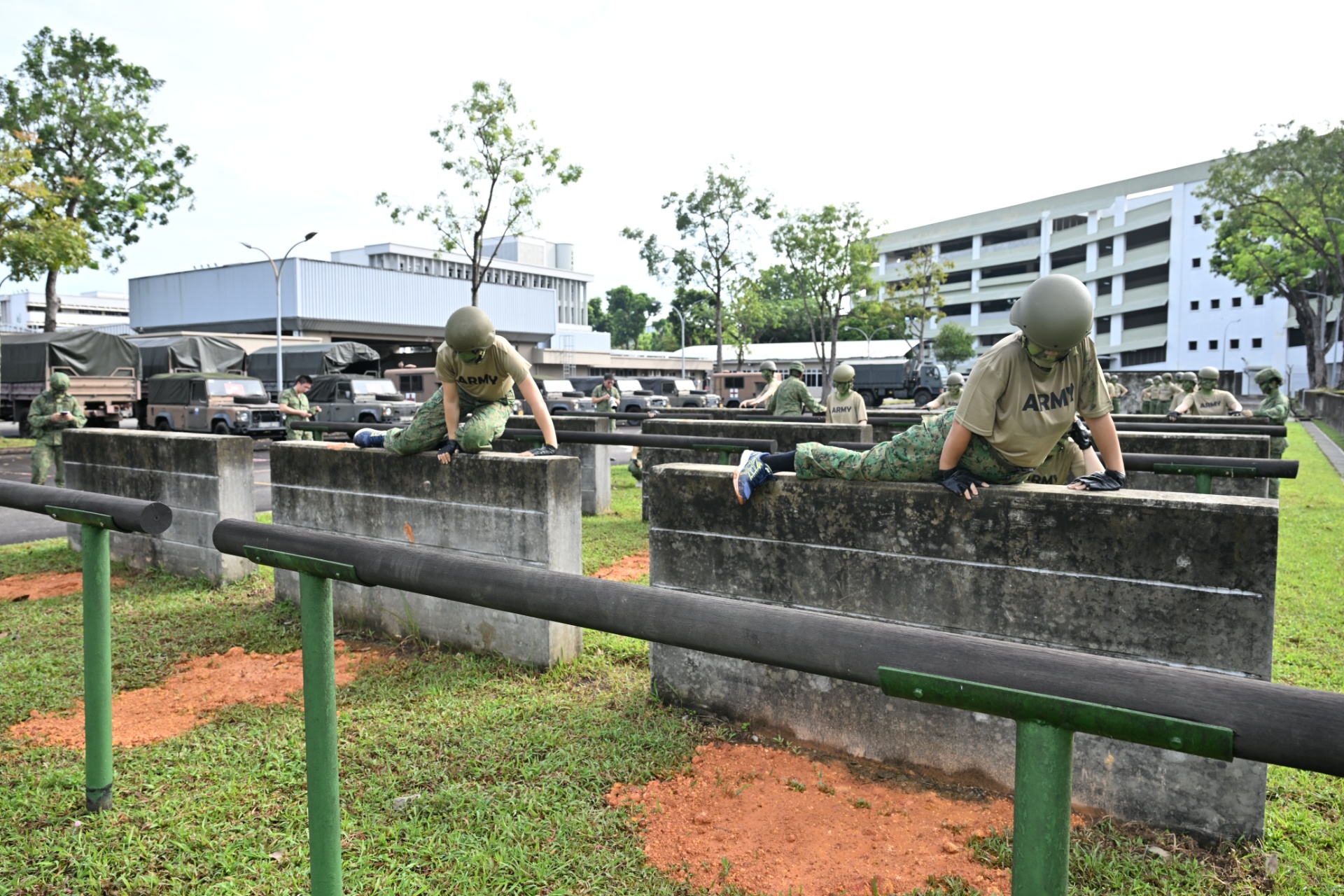
Learning more about NS
23 Nov 2025

Dive into Navy@Vivo 2025
03 Oct 2025
Gear up for a splashing good time as Navy@Vivo returns in November!
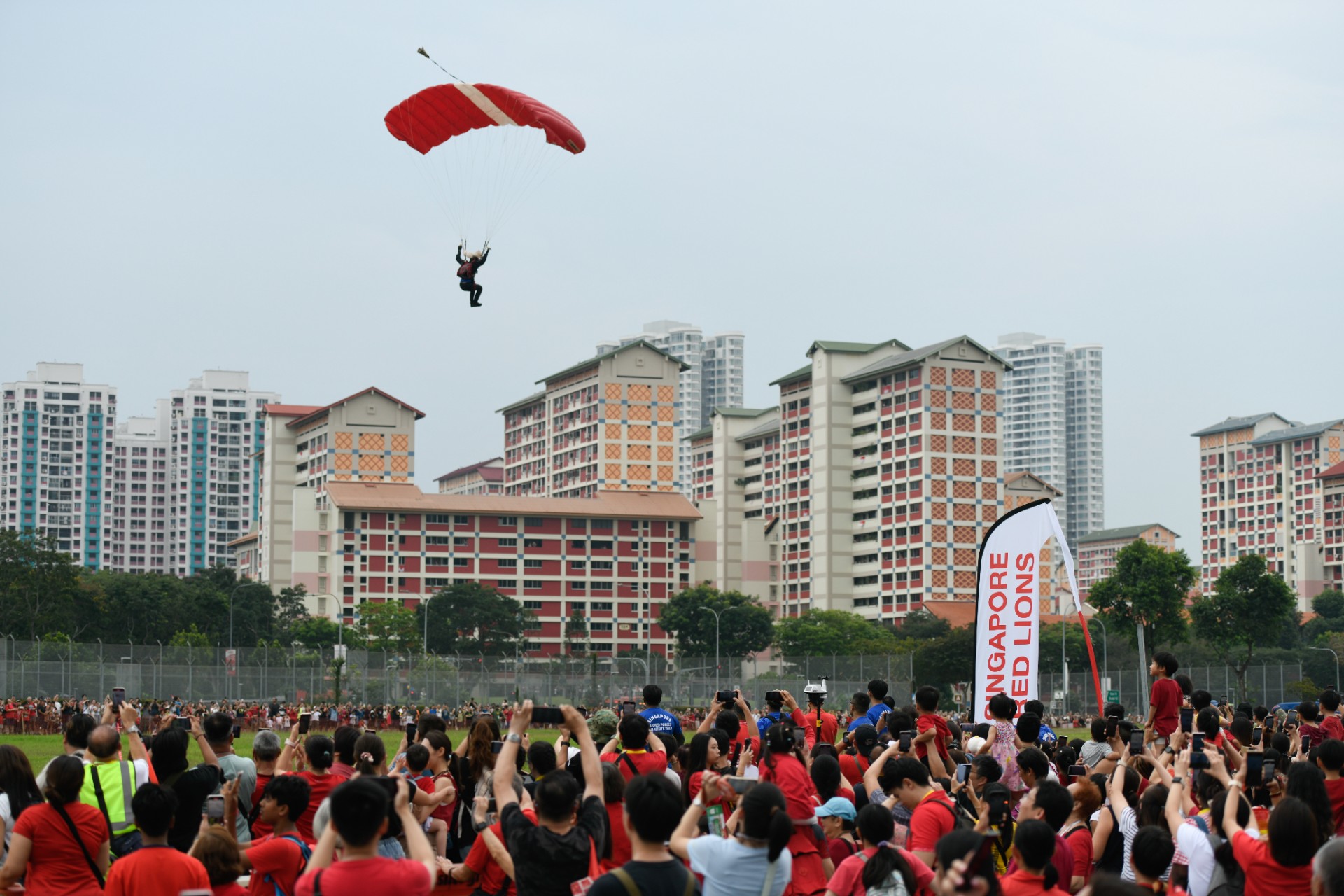
SG60 party in the heartlands
10 Aug 2025
National Day may be over, but the celebrations continued into the weekend with festivities across the island!


